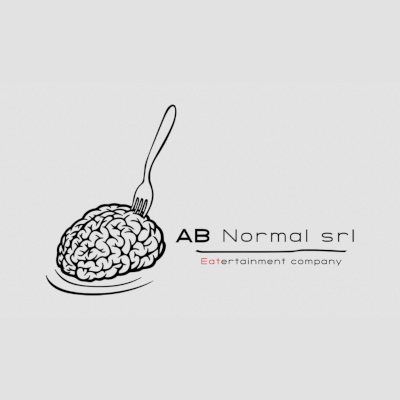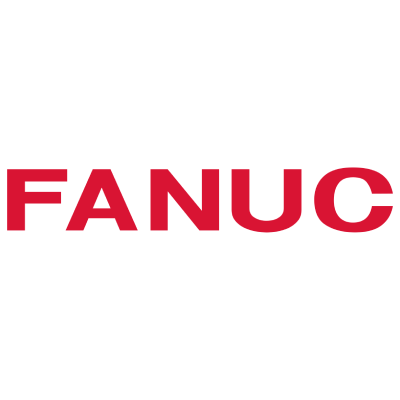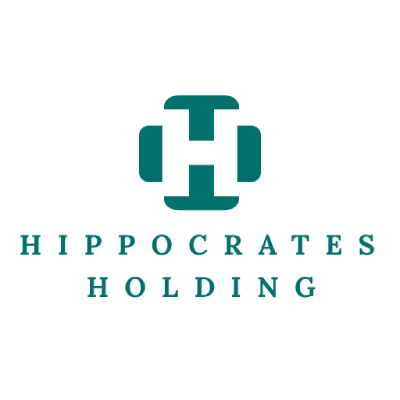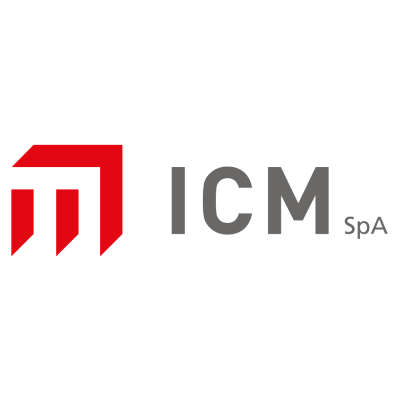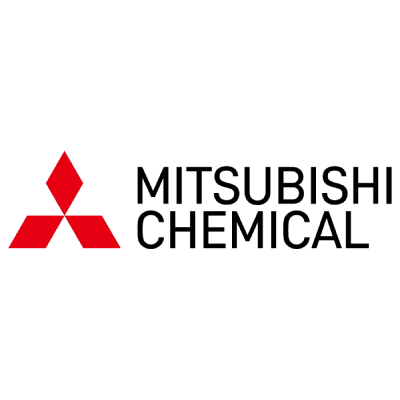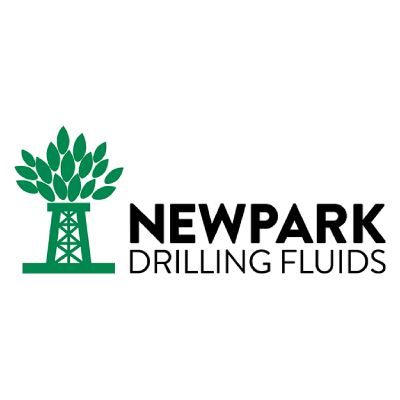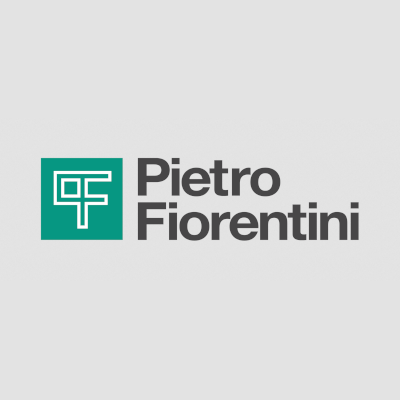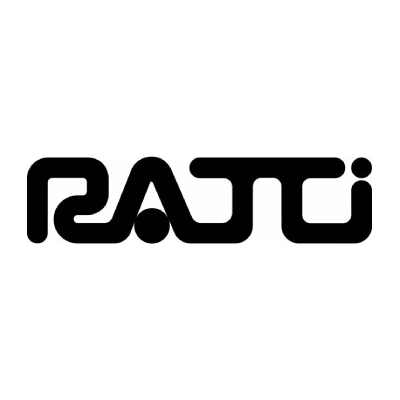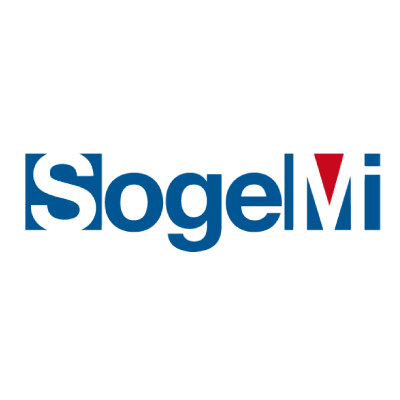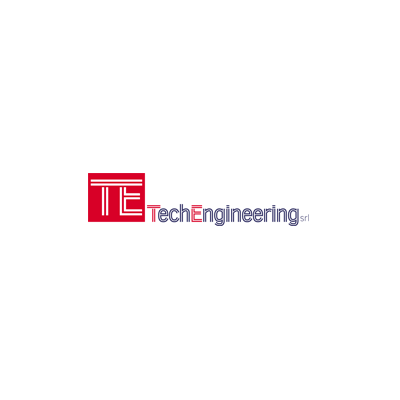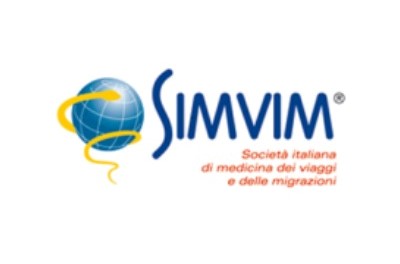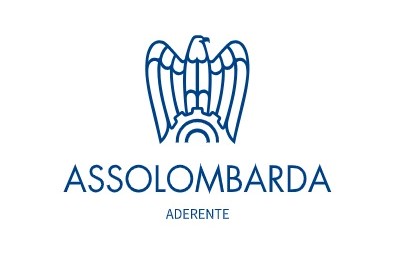Training and safety
Monitoring the health of employees and ensuring compliance with internal safety regulations are the main actions that the employer must undertake. Through the experience of our professionals, we support the company in safety and health matters. The regulations in force are constantly changing, but with the support of Ambimed you will always be updated and followed to comply with the provisions of the Consolidated Law on Health and Safety at Work Legislative Decree 81/08.
Our watchword is simplification: we carefully analyse the existing company reality, then design and structure a healthy and safe working environment for your employees. Thanks to our national coverage we are able to offer our customers complete support on all production sites in an efficient and timely manner. Our intervention is modulated according to different needs: the activity of your company and the reference sector will be the basis of analysis for the construction of a tailored offer.
THE DEVELOPMENT OF SECURITY IN THE COMPANY
Appointing an external PPSM
The Safety, Prevention and Protection Manager (in short, PPSM) is the figure responsible for assessing the risks associated with the various work tasks, determining and coordinating all corrective actions to minimise those risks or eliminate them completely. The Officer must be mandatorily appointed by the Employer and is a fundamental figure for safety in the company, with specific skills and abilities.
Preparing the RAD
The Risk Assessment Document (RAD in short) is the report on the risks linked to the work activity, that each company must prepare: it identifies the dangers present in every environment, in every phase of the working life and, at the same time, it quantifies the levels of the derived risks. It identifies the tasks and therefore the individual employees subject to these risks, calculating their exposure and describing the criteria used for the assessment. Every single risk will be highlighted and measured, not simply mentioned, in order to create a complete document.
The RAD presents the current situation, but also functions as a guide for future planning to improve safety standards over time. The RAD is drawn up by the PPSM, the WSR, the OH physician and must be signed by the employer.
Periodic activities
Once the first two points have been completed, a series of recurring activities ensure that the assessments made in the first instance always reflect the current context in which the company works. Here are some examples:
- annual inspections of the working units;
- periodic audits and detection of non-conformities;
- analysis and provision of training and training courses best suited to the business context;
- design and implementation of Management Systems;
- design and implementation of Security Systems;
- updating of risk assessment criteria based on the evolution of the various departments, company staff and regulations.
With the support of Ambimed's highly qualified specialists, we will be able to carefully analyse the existing production reality, satisfying all the needs of the Security and business consultancy side.
INFORMATION, EDUCATION AND TRAINING
After the drafting of the RAD, the company must transmit what was evaluated and decided to its work staff. The most efficient way is to create effective plans that inform, educate and train workers correctly; but what's the difference between the three?
- Information: provide the knowledge useful to identify, manage and reduce the risks of the work environment;
- Education: educating staff through general and specific courses on prevention and protection issues, favouring the acquisition of skills useful for carrying out tasks safely in the company. Educational processes also include the set of procedures suitable for interventions to manage risks and related accidents as they arise. These educational courses must be repeated periodically to keep the staff up to date.
- Training: it must be provided by a person with experience in the workplace, to ensure personnel understand how to correctly use machinery, equipment, personal protective equipment (in short PPE) and, lastly, how to apply work procedures.
As established by the Legislative Decree 81/08, it is the Employer who must take care of educating, informing and training its employees on the specific risks to which they are exposed in the course of their duties.
With the support of specialised partners, Ambimed is able to satisfy all your needs, carrying out all education and training courses at your company offices or remotely, throughout Italy.
ANALYSIS OF WORK-RELATED STRESS
The evaluation of work-related stress deserves a separate mention: it is a psychosocial risk, a phenomenon that originates within the workplace and that can compromise the psychophysical health of workers. It is important to know that this risk is not insignificant: it was estimated in 2015 that one in four Italian workers suffer from stress (27% of workers). The working days lost as a result of stress-related causes varies between 50% and 60%.
The assessment of work-related stress risk is one of the obligations of the Employer, that must integrate the Risk Assessment Document with an analysis and estimate of the risks caused by this type of stress.
After the assessment, it is necessary to implement plans for stress management, which allow employees to find harmony with colleagues and, in general, with the work spaces. Serene and satisfied employees have higher levels of personal productivity and raise those of their work team.
> learn all the services for your Occupational Medicine






Your safety and health are at the heart of our commitment.
Do you have any doubts? Call your dedicated assistant.
02 87399117
Leave us your details, we'll get back to you.
Here are our most recent articles on this topic
The companies that have chosen us as a partner for Occupational Medicine
